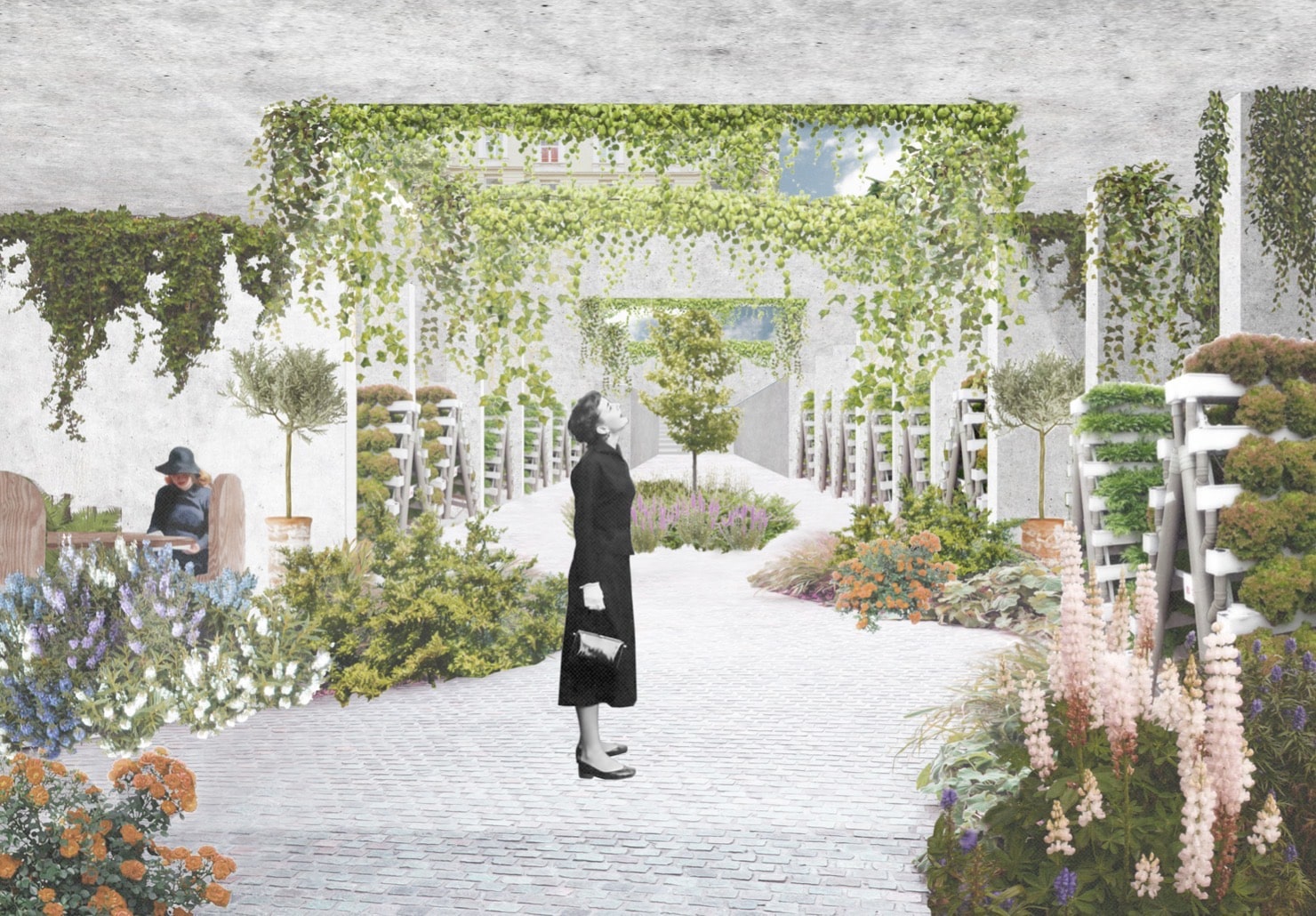- Home
- Articles
- Architectural Portfolio
- Architectral Presentation
- Inspirational Stories
- Architecture News
- Visualization
- BIM Industry
- Facade Design
- Parametric Design
- Career
- Landscape Architecture
- Construction
- Artificial Intelligence
- Sketching
- Design Softwares
- Diagrams
- Writing
- Architectural Tips
- Sustainability
- Courses
- Concept
- Technology
- History & Heritage
- Future of Architecture
- Guides & How-To
- Art & Culture
- Projects
- Interior Design
- Competitions
- Jobs
- Store
- Tools
- More
- Home
- Articles
- Architectural Portfolio
- Architectral Presentation
- Inspirational Stories
- Architecture News
- Visualization
- BIM Industry
- Facade Design
- Parametric Design
- Career
- Landscape Architecture
- Construction
- Artificial Intelligence
- Sketching
- Design Softwares
- Diagrams
- Writing
- Architectural Tips
- Sustainability
- Courses
- Concept
- Technology
- History & Heritage
- Future of Architecture
- Guides & How-To
- Art & Culture
- Projects
- Interior Design
- Competitions
- Jobs
- Store
- Tools
- More

What comes to mind when you think of transparency in architecture? Are low-opacity materials and glass surfaces the protagonist of transparent designs? This of course is not wrong, physical transparency is an idea simply made possible by making large sheets of glass a prominent feature of the building. Physical transparency is already at its core a defining feature of modern architecture. Here, transparency is a means of opening closed spaces to light and air.

However, the transparency that we will talk about includes not only visual transparency, but also spatial transparency, as noted in the studies of Rowe and Slutzky. “Transparency means a simultaneous perception of different spatial locations. Space not only recedes but fluctuates in a continuous activity” they said. This is deployed by what they also called “phenomenal transparency”, as indicating spatial depth through the layering of planes.
Transparency in architecture, which is synonymous with the words intertwined, overlapping and simultaneous, is handled on forms that provide absolute movement. In addition, materials in transparency, where light, time and speed are glorified, are not important. It is not limited to the materials used or the occurrence of actions. It coexists in a single composition designed to reveal the dynamic reality of the object through a simultaneity that encompasses all elements that can visually convey a sense of speed. This is how phenomenal transparency can be explained in the simplest way.

If you are interested in the subject of phenomenal transparency, we recommend you to read the article by Colin Rowe and Robert Slutzky, who have studies in this field. In the article, it will be useful to understand and examine the “concrete” examples of transparency with many case studies.
- architectural design trends
- architectural glass use
- architectural transparency
- architecture design concepts
- Architecture Transparency
- Colin Rowe Transparency
- contemporary architectural design
- daylighting in architecture
- environmental design in architecture
- glass architecture
- innovative architecture materials
- light and transparency in architecture
- modern architecture transparency
- open design in architecture
- sustainable architecture transparency
- transparency
- transparency and privacy in architecture
- Transparency Architecture Concept
- Transparency in Architecture
- transparency in building design
- transparent architectural design
- transparent facades
Submit your architectural projects
Follow these steps for submission your project. Submission FormLatest Posts
The Ultimate Guide to Fencing in North Dakota: Choosing the Best Fence for Your Property
Watching a chain link fence twist in 70 mph winds near Minot...
Gaudí: Where Architecture Meets Science
Gaudí: Where Architecture Meets Science shows catenary arches, ruled surfaces, and biomimicry...
How Housing Market Forces Shape Architectural Design Today
Architecture never exists in isolation. Buildings rise from a mix of ambition,...
Why Portable Formaldehyde Gas Detectors Matter on Construction Sites
As construction practices shift toward more enclosed and material-intensive environments, the risk...












Leave a comment